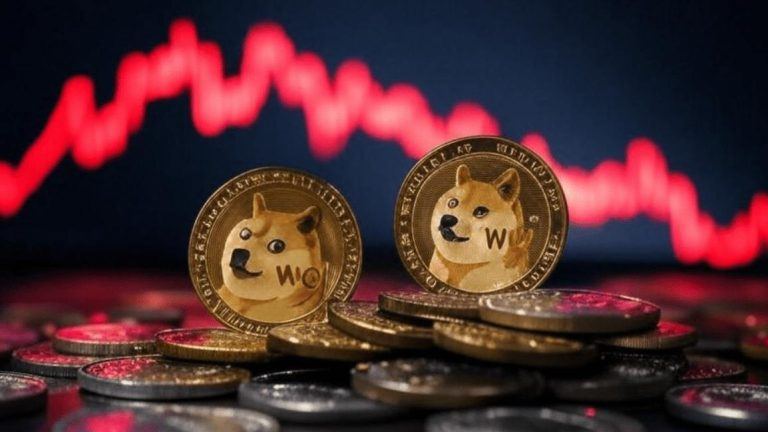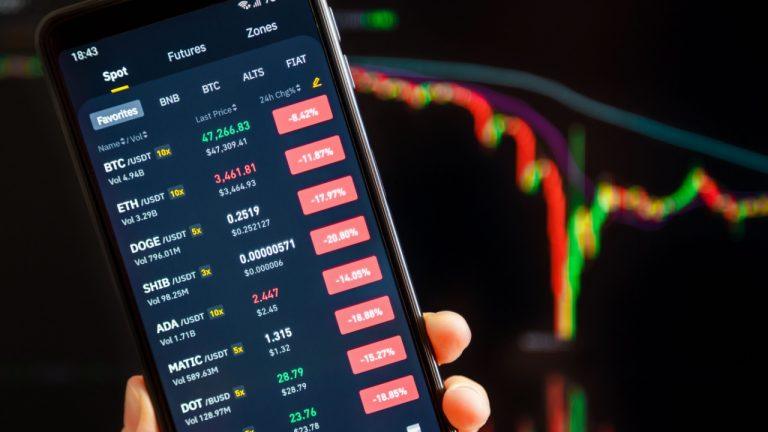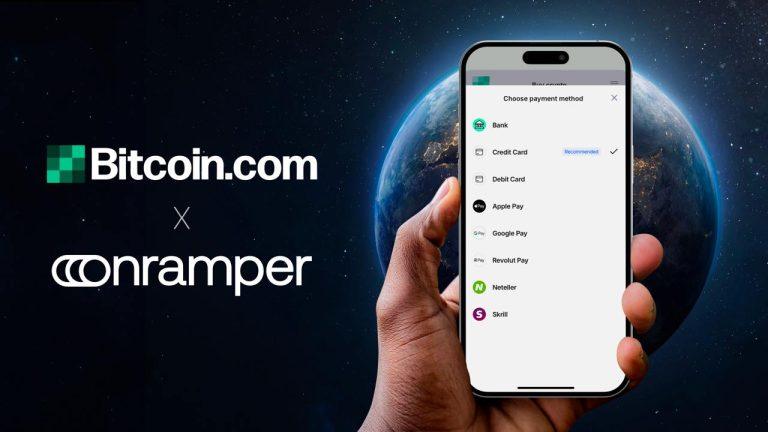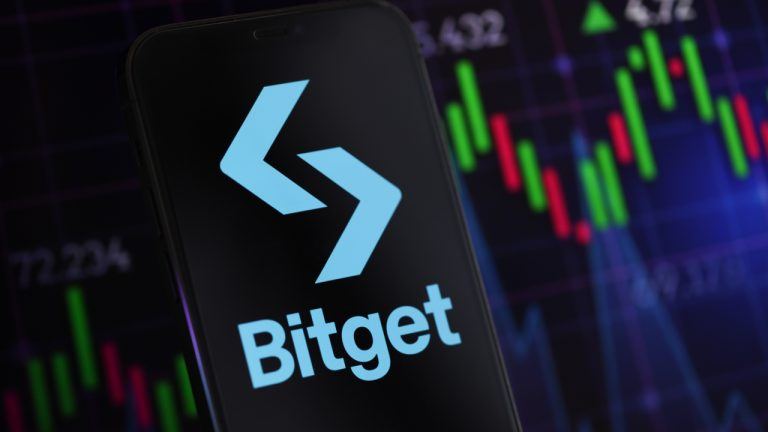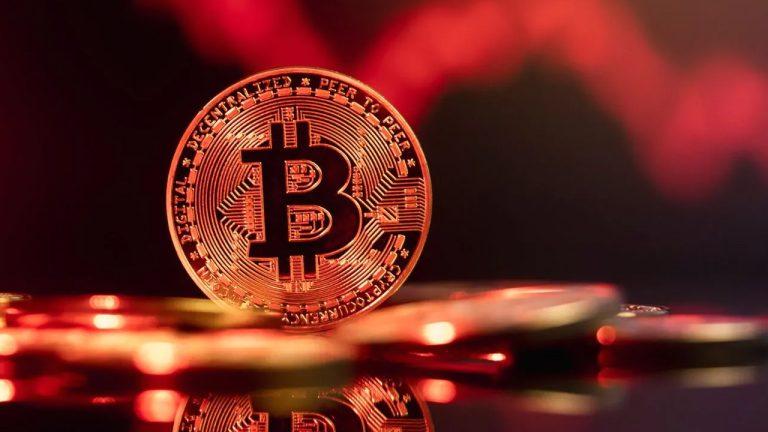
Ready Player Earn: Where NFT gaming and the virtual economy coincide

The surging popularity of NFTs is pushing play-to-earn NFT games to experience even greater adoption.
Nonfungible tokens (NFT) have arguably transitioned from being an obscure part of the crypto and blockchain space to occupy greater significance within popular culture. Indeed, as cryptocurrencies and decentralization appear to permeate the conversation across social, political and economic lines, the apparent hype surrounding NFTs seems to be incentivizing greater adoption of digital currencies.
Within the NFT space itself, gaming has often been cited as a possible use case for the commercialization of digital collectibles. Now, within the ambit of play-to-earn NFTs, there appears to be a growing coincidence of gaming, blockchain and the virtual economy.
Inside this confluence point, projects such as Axie Infinity have been enjoying significant growth by combining the satisfaction gamers enjoy from playing games with the opportunity to earn monetary rewards in the form of cryptocurrencies. With this popularity comes an increase in token valuation for these NFT games, which in turn drives even more patronage.
NFT play-to-earn gaming might be the next major economic activity in the crypto matrix. The significant growth in popularity of the model could see the market being mentioned in the same breath as other components of cryptocurrency commerce such as mining, staking and trading, at least in terms of value generation potential.
$1-billion Axie Infinity
On Aug. 9, Axie Infinity (AXS) crossed $1 billion in all-time volume, cementing the game’s position as one of the major projects in the current bullish NFT epoch. Between July 9 and Aug. 9, the NFT game reportedly recorded about $780 million in sales from over 1.4 million transactions.
Data from Similarweb shows that the Axie Infinity website ranked in the top 1,200 sites globally as of the end of July, with online traffic to the site having grown almost fivefold in the last six months. Tweeting on Aug. 6, Axie Infinity revealed that it had crossed the 1-million daily active-player mark.
This 1-million-user milestone announcement offers a glimpse into Axie’s growing popularity within a short space of time. Just as the Axie token price has grown 18-fold since early June, the game’s userbase has also grown 1,000% within the same period. Such is the extent of the increasing allure of the play-to-earn NFT gaming wave that AXS and other similar tokens have bucked the crypto price decline trend in place since mid-May.
Axie’s significant growth over the last two months has lifted the NFT game to become one of the most valuable crypto projects in the industry. As of the time of writing, AXS sits in the top-40 cryptocurrency assets by market capitalization, with price action trends indicating a possible move beyond the $100 mark in the near term — a move that will put the token’s year-to-date performance north of 18,700%.
The microeconomics of play-to-earn
Many crypto and blockchain use cases are often posed with the “mainstream adoption” problem — the path via which their novel protocols and operations will achieve broad-based interest from within and without the masses of the cryptocurrency space. For nonfungible tokens, play-to-earn gaming might be the key to reshaping the narrative around digital collectibles and blockchain gaming.
For one, the ability to earn rewards in the form of crypto for playing games likely creates economic incentives for would-be adopters, be they casual or hardcore gamers. There is even data to suggest that titles like Axie Infinity are becoming an occupation of sorts for the younger demographic, especially those living in countries impacted by the current economic downturns occasioned by COVID-19.
Related: ‘I am a wonder’: An interview with an Axie Infinity NFT
Back in May, Cointelegraph reported that an Axie Infinity player from the Philippines was able to become a homeowner from the proceeds generated by playing the NFT game. The Philippines has accounted for almost half of the total global web traffic to the platform as of July, with the website ranked as the 33rd most popular in the country, according to data from Similarweb.
Developed by Sky Mavis, a Vietnam-based gaming studio, Axie Infinity is popular across Southeast Asia. The NFT gaming title also has considerable patronage from South America, especially in Argentina and Brazil.
Since the summer of 2020, play-to-earn NFT games seem to have taken a life of their own, drawing interest from more gaming patrons. This steadily increasing interest, coupled with the NFT mania of the current times, has probably contributed to catapulting such blockchain gaming titles to even greater heights.
In a conversation with Cointelegraph, Dragos Dunica, co-founder of decentralized application analytics platform DappRadar, commented on the confluence of decentralized finance (DeFi) and gaming, stating:
“Right now, we are seeing a convergence of DeFi mechanics and gaming mechanics to drive interactions and usage. The most popular titles are creating environments where users can not only take ownership of a unique NFT but also leverage that within the same platform for a reward.”
According to Dunica, the current trend is the start of a “real revolution” in gaming and decentralized application (DApps), which will likely flow into mainstream games. “The notion of in-game items as tradable NFTs, for example, will be a real game-changer moving forward,” Dunica added.
Data from DappRadar’s Axie Infinity dashboard puts the game’s all-time volume at about $1.4 billion from more than 3.1 million sales. The gaming platform has also amassed over 416,300 traders since its inception.
Nonfungible transformation: A new virtual existence
The popularity of blockchain-based play-to-earn games also likely offers another window to examine how NFTs seem to be transforming digital interaction. As Craig Russo, director of innovation at NFT vault and marketplace protocol PolyientX, told Cointelegraph:
“Play-to-earn is a high-potential area within the NFT space, and we’re already seeing some great market validation, which has resulted in a price surge across most gaming-related tokens. However, play-to-earn gaming is very niche, and substantial inroads into the mainstream gaming ecosystem will be required before the level of adoption rivals that of non-blockchain gaming segments such as esports.”
Both Russo and Dunica stated their expectation for NFT gaming, especially the play-to-earn variety, to become an integral part of the developing metaverse, with Russo stating, “I believe play-to-earn gaming will be one of the major pillars of the emerging metaverse.”
According to Russo, NFTs and the broader DeFi space have the potential for broad-based interaction:
“A user’s ability to earn into token economy cash flows by putting work into a game will be a fundamental driver of this new virtual existence. I am particularly interested in the crosstalk between NFTs and DeFi, which will fuel the next major growth inflection point for the NFT market.”
He said that projects like Ape In, an NFT-driven virtual world, are already focusing on a “consumer-friendly” approach to DeFi by introducing features such as staking for in-game characters. For Russo, such steps to improve NFT liquidity will help to transform nonfungible tokens into more productive assets, further expanding their on-chain utility.
Related: Blockchain games have struggled to compete with traditional titles… until now
For Dunica, the transition to a digital lifestyle is happening at an accelerated pace, telling Cointelegraph, “The idea of spending time in a virtual environment is not as strange as it once was.”
Thus, given the growth of platforms like Axie Infinity and the ownership retention potential offered to gamers, NFT play-to-earn games might offer the conduit for the “first real mass adoption use case in the blockchain space.”
Go to Source
Author: Osato Avan-Nomayo
